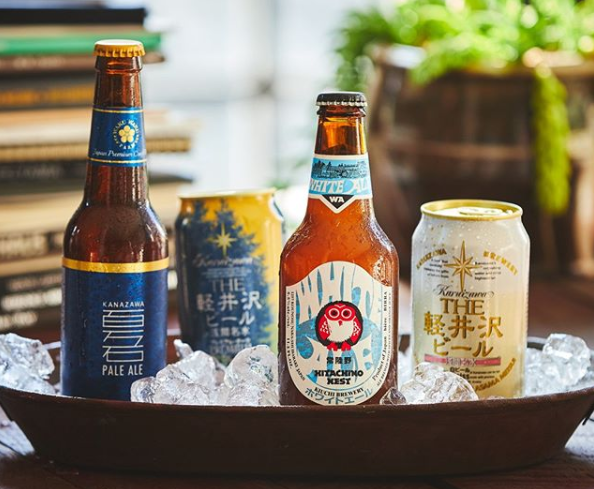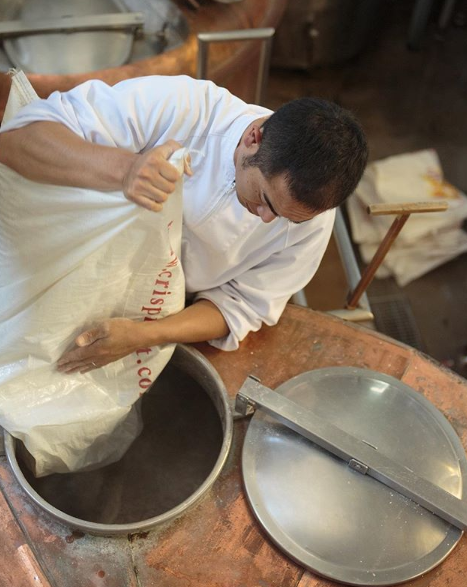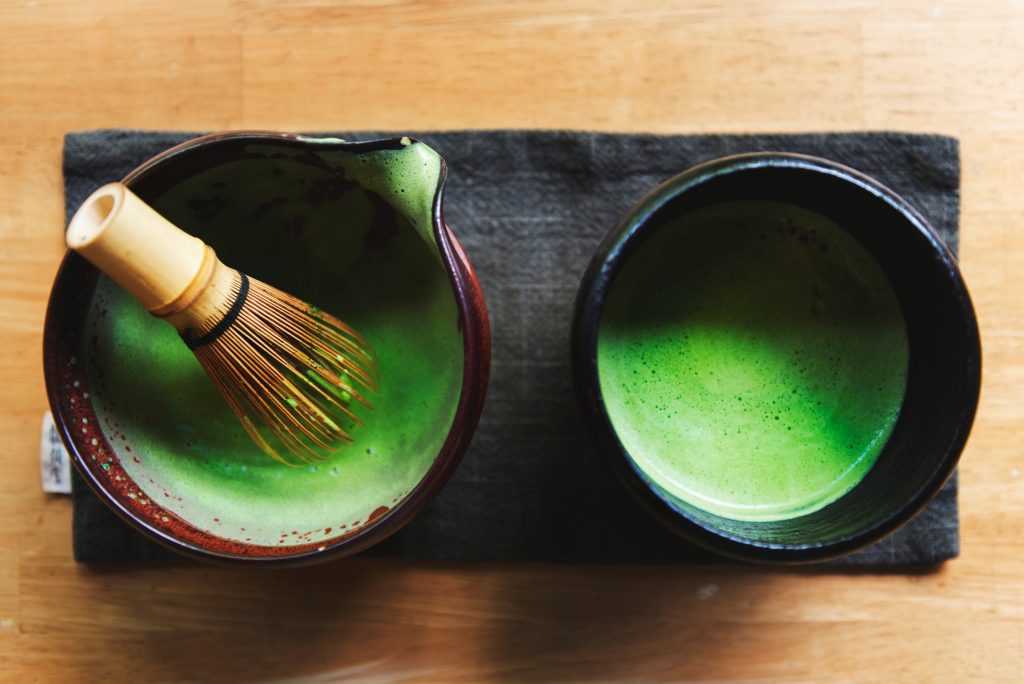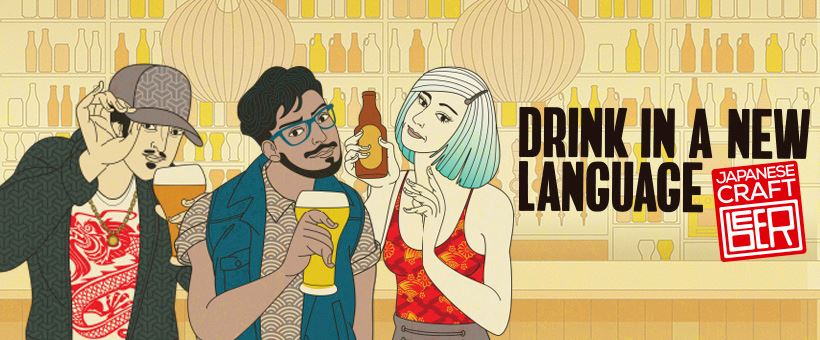Japanese Craft Beer and the 23 Japanese breweries that make up this consortium are making their way through the U.S. to heighten the awareness of Craft Beers from Japan.

Kirin, Sapporo
Many of the breweries that took advantage of the regulation change had prior experience for years as sake brewers. The craft beer movement was created out of necessity to boost the economy in Japan as well as to promote tourism. It also allowed sake brewers, entrepreneurs and beer enthusiasts an opportunity to make a profit during the summer months. Because sake brewers understood sanitation and fermentation so well, they could easily transfer those same practices and skills to making craft beer.

“Beers have been brewed in Japan since the 19th century. It’s one of the largest brewing countries in the world and has provided the foundation for excellence” according to Ry Bevilles, Founder of the Japan Beer Times, Japanese Craft Beer expert and ambassador.
“Where Japanese breweries are unique is in their use of local ingredients indigenous to the area which has been a part of their identity from the very beginning. While the craft beer revolution started in America it has only been recently that American breweries began experimenting with local flavors” says Beville. “A lot of Japanese breweries are using unique products such as sake yeast (pressed rice mash) which gives the beer a fruity flavor and has grown in such popularity that it influenced brewers in America and is becoming a part of the brewing process. Use of this ingredient has become so widespread that there’s even a category for sake beers at the World Beer Cup Competition.”
The Japanese Craft Beer consortium wants to invoke a feeling of familiarity – a farm to table connection with consumers. Because the ingredients are rooted in the culture, there’s a connection with the land to the beer which will resonate with the American consumer.

Examples of other unique ingredients that are used are yuzu, matcha and Japanese sweet potatoes. “There’s a female brewer in Japan and she is such a fan of Hoegaarden that she did a Japanese twist using the local ingredient yuzu. Another example is the Coedo Beniaka which is made with sweet potatoes that is a wonderfully balanced and delicious dark beer. That one required a little bit of science and alteration to the brewing technique because you can’t just throw potatoes into beer” explains Breville.

According to Makoto Somento, Global Manager at Karuizawa Brewery, presentation and design for them is just as important as the ingredients that go into the bottle. They use a double frosted glass for their Weiss that closely resembles a Heineken bottle except the double frosted Weiss bottle cannot be scratched. No matter how hard you clink the bottles together the glass is meant to withstand any pressure. Because the bottles are so beautiful consumers have been known to use them as containers and vases. Mokoto also expressed the importance of using high quality rice (not broken rice) in the making of their Weiss. This goes back to the precision, detail and quality control that goes into making Japanese Craft Beer.

Japanese Craft Beer is rapidly expanding and becoming more accessible to beer lovers in America. Some of the outlets are
- Marukai Little Tokyo, Los Angeles
- BevMo!, Los Angeles
- Harajuku Taproom, Los Angeles
- Mitsuwa, Los Angeles
- Umami Mart (online)

During their stop in Los Angeles we tried seven of the 23 craft beers. The Coedo Ruri from COEDO Brewery, had a super light body and was created to be a daily drinking beer. The Weiss from Karuizawa Brewery had a much bolder taste than the Coedo. It’s also not as cloudy as an American Weiss and was created to pair well with a variety of foods. The Kanazawa Hyakumangoku Pale Ale from Waku Tezukuri Farm Kawakita Co, had a well-balanced bitterness. The Hitachino Nest White Ale from Kiuchi Brewery was super light in color and very cloudy with hints of coriander, orange peel and nutmeg. The Wabi-Sabi Japan Pale Ale from Baird Brewing Company, was named after the brewer and was created with green tea and wasabi. It’s unfiltered and tastes heavy and rich.
https://www.instagram.com/p/BrQj2KSgeyI/
Click here for a list of all participating breweries and to stay up to date with the Japanese Craft Beer Consortium.

Drink in a new language is financed by